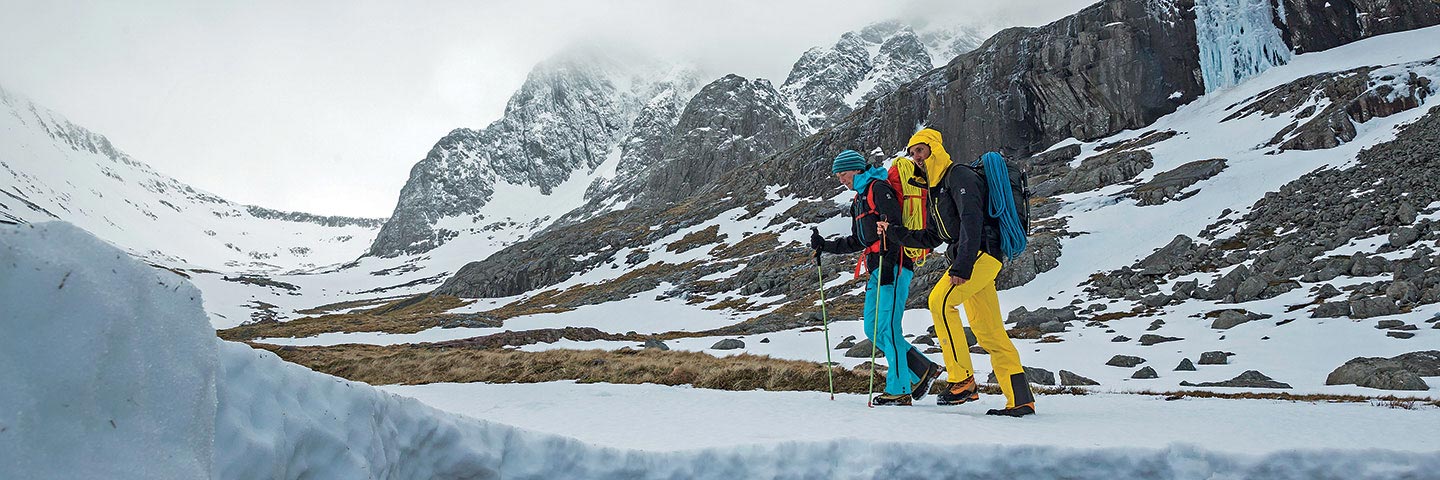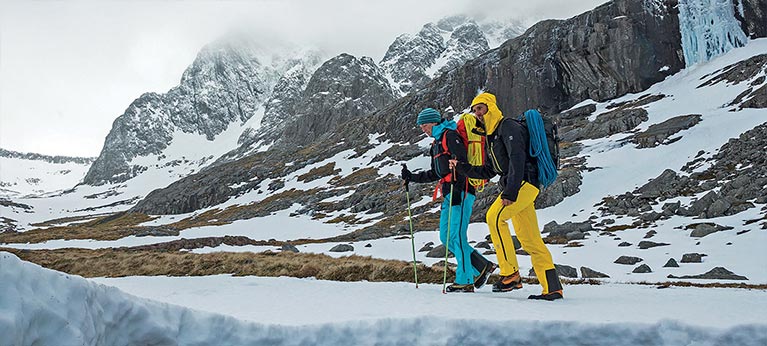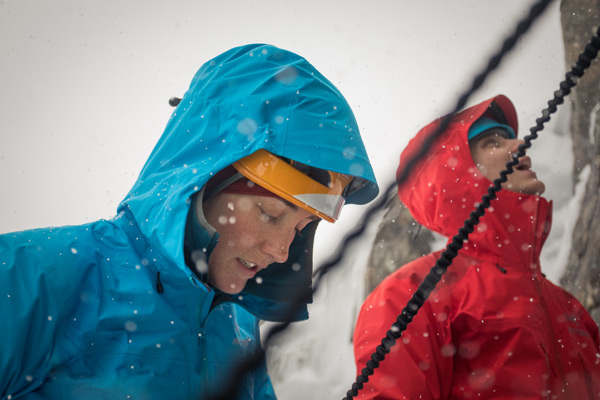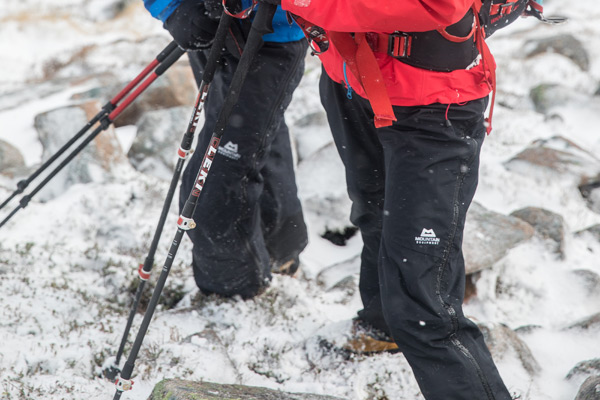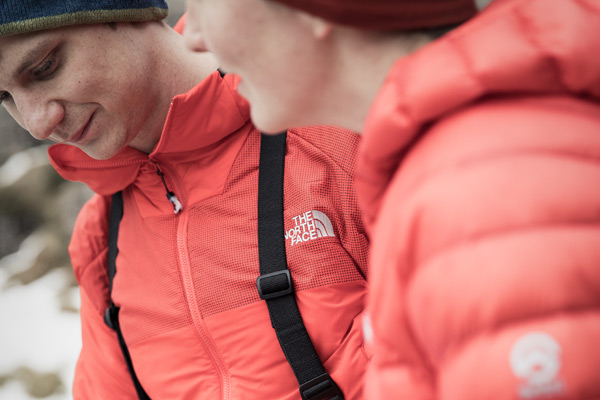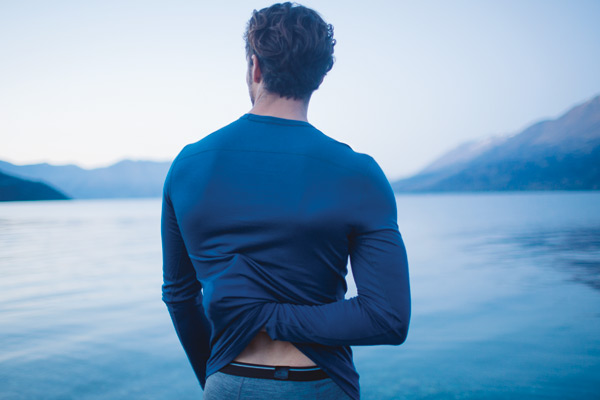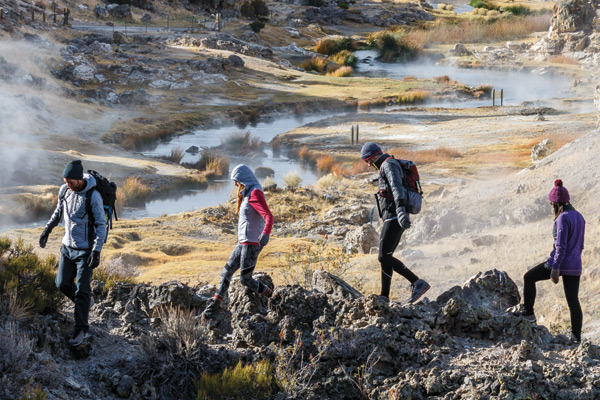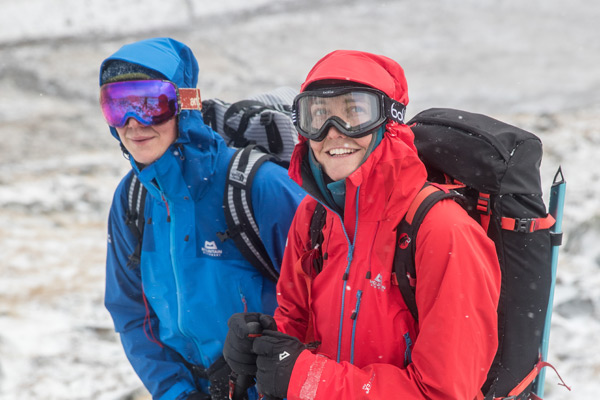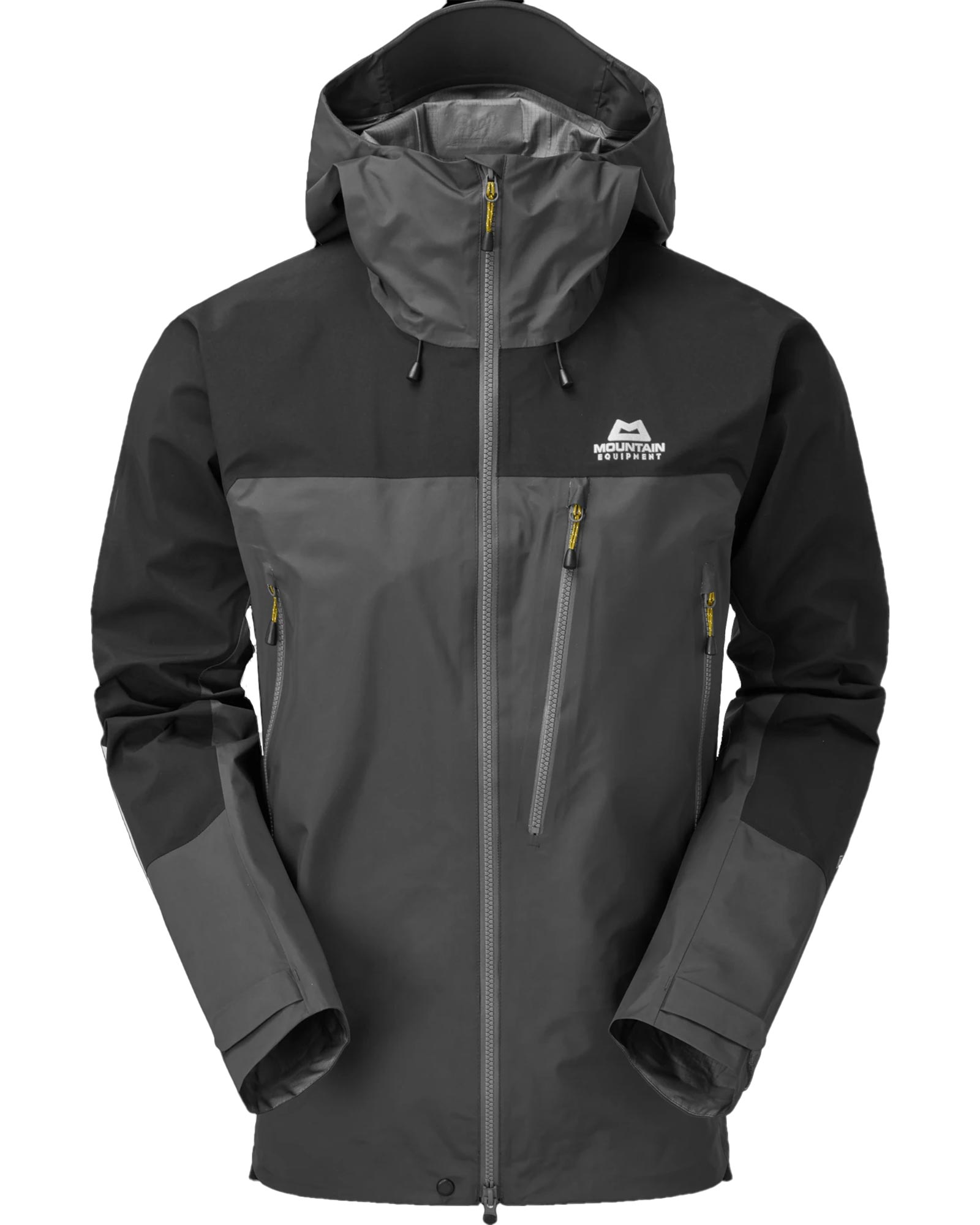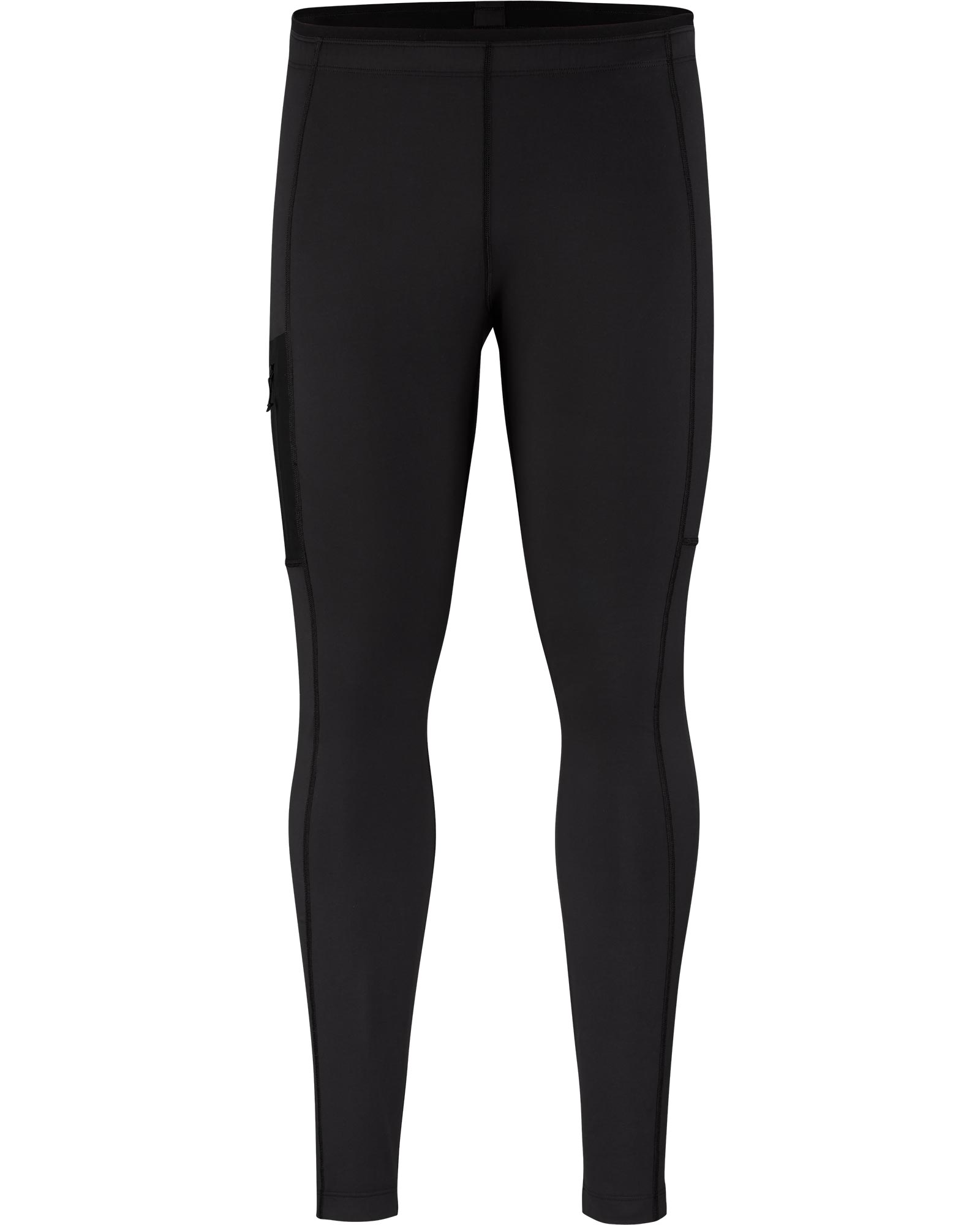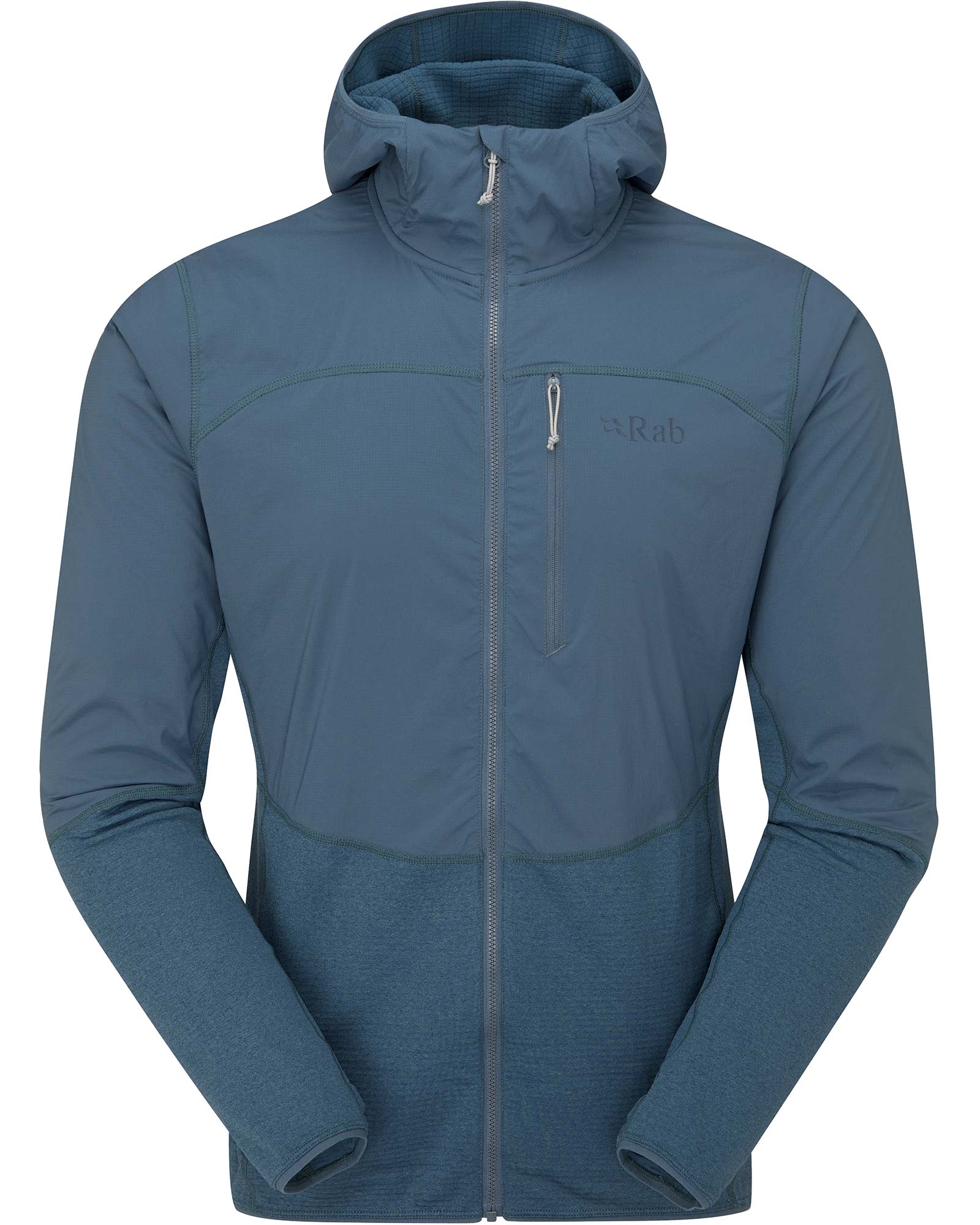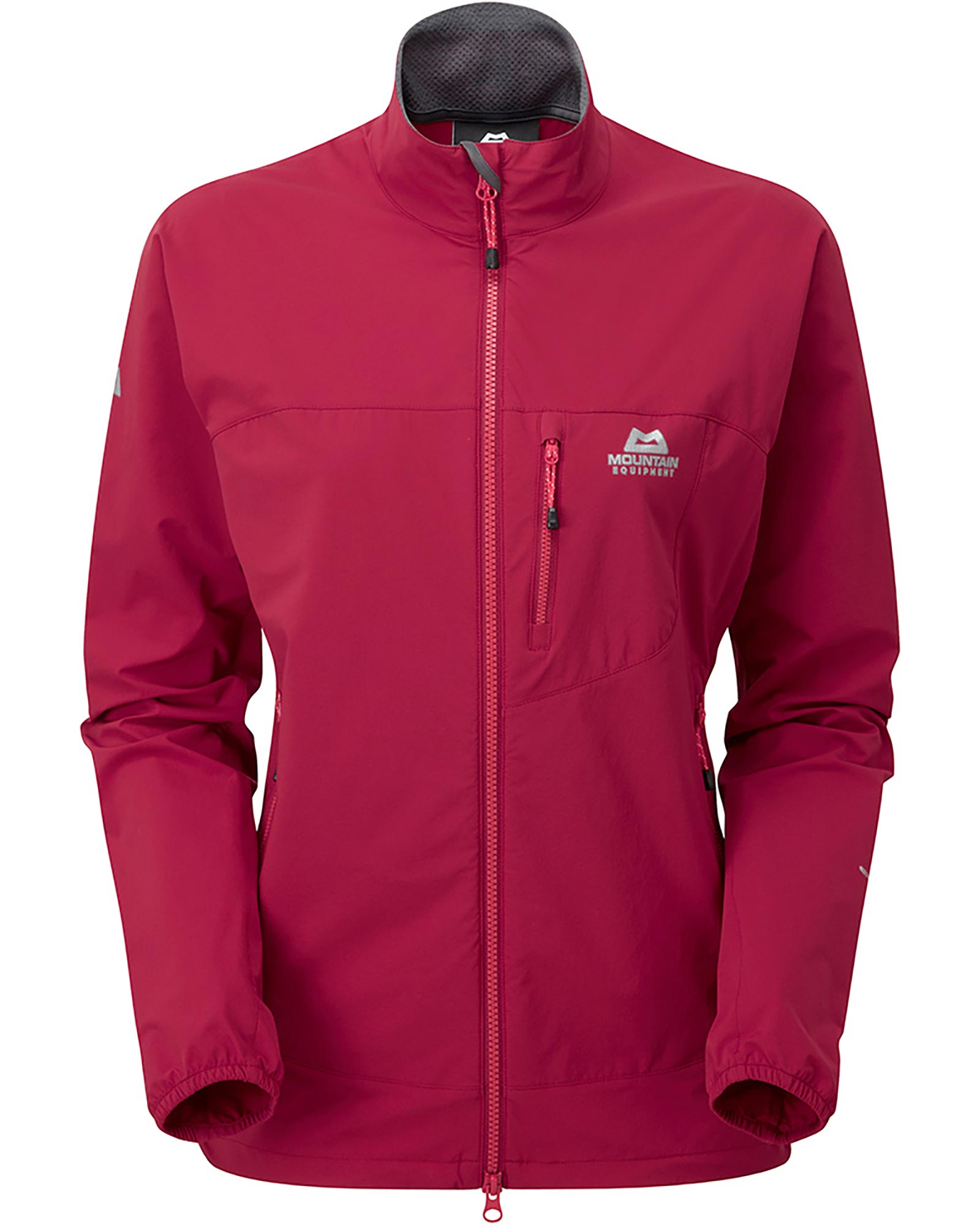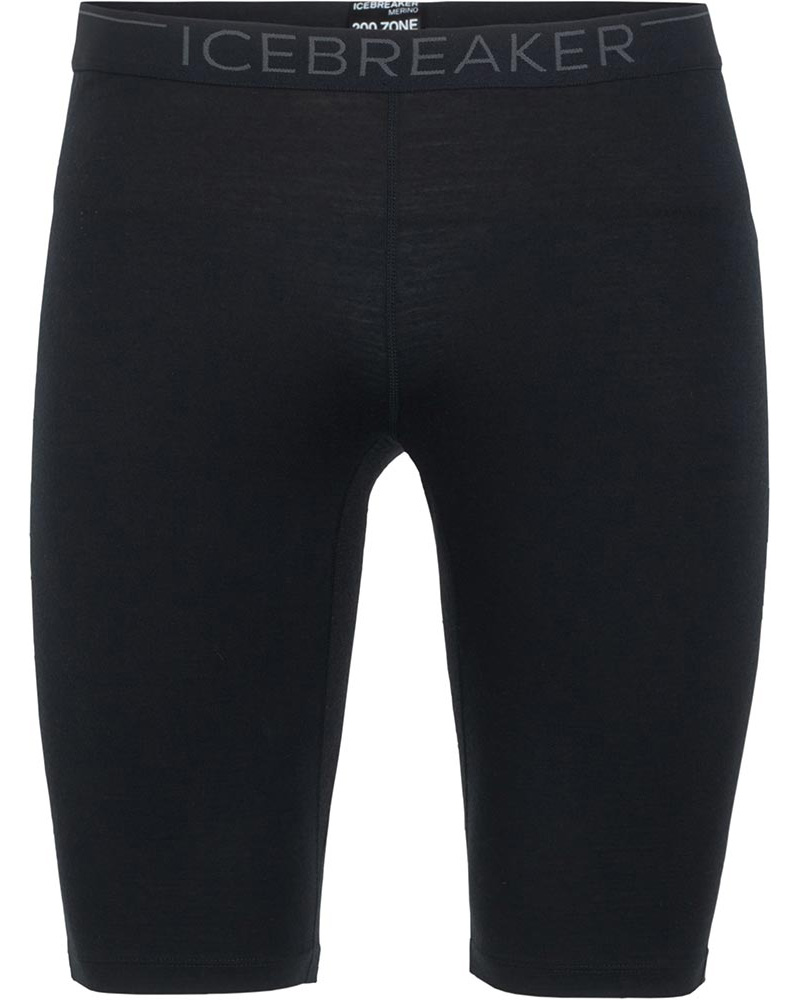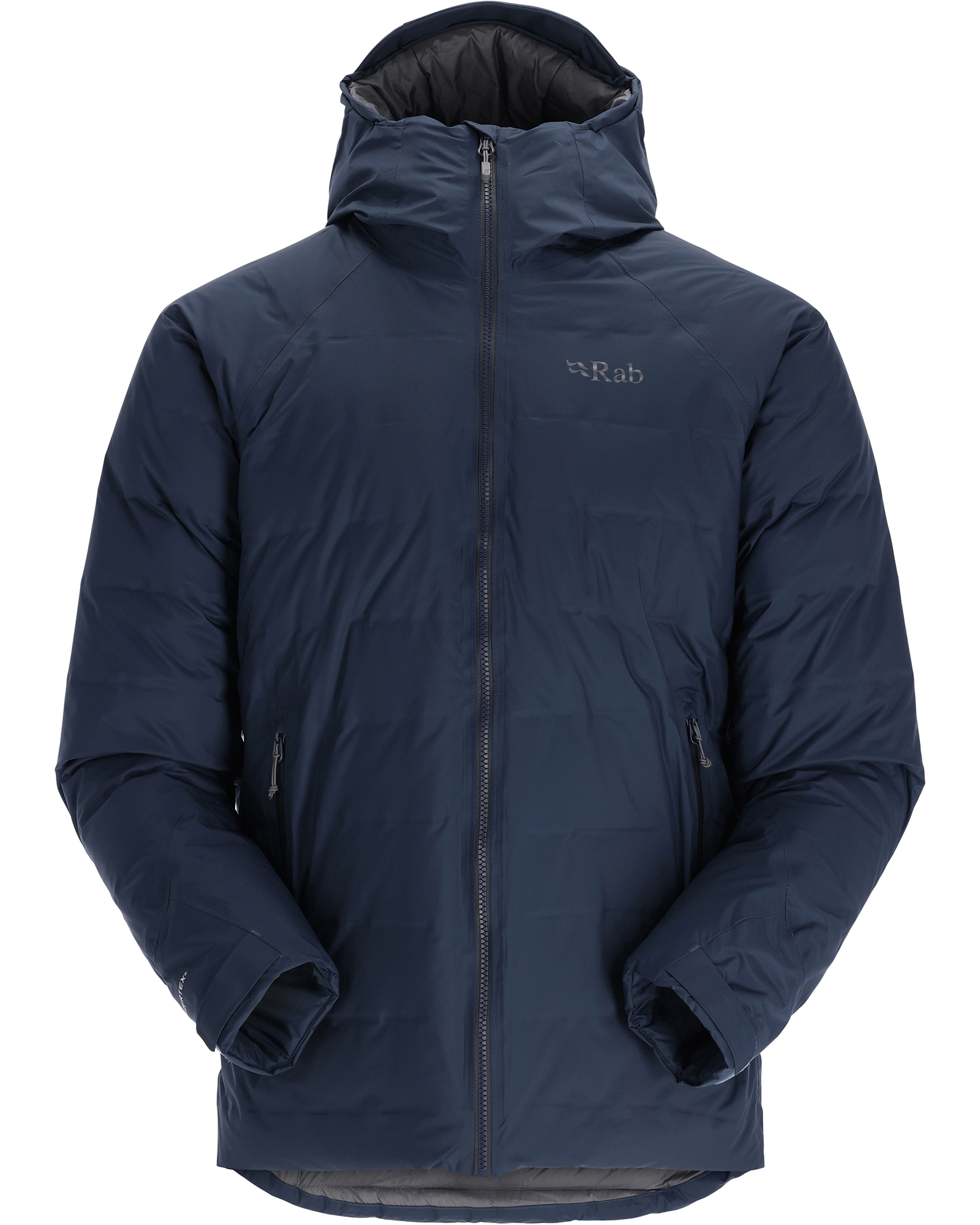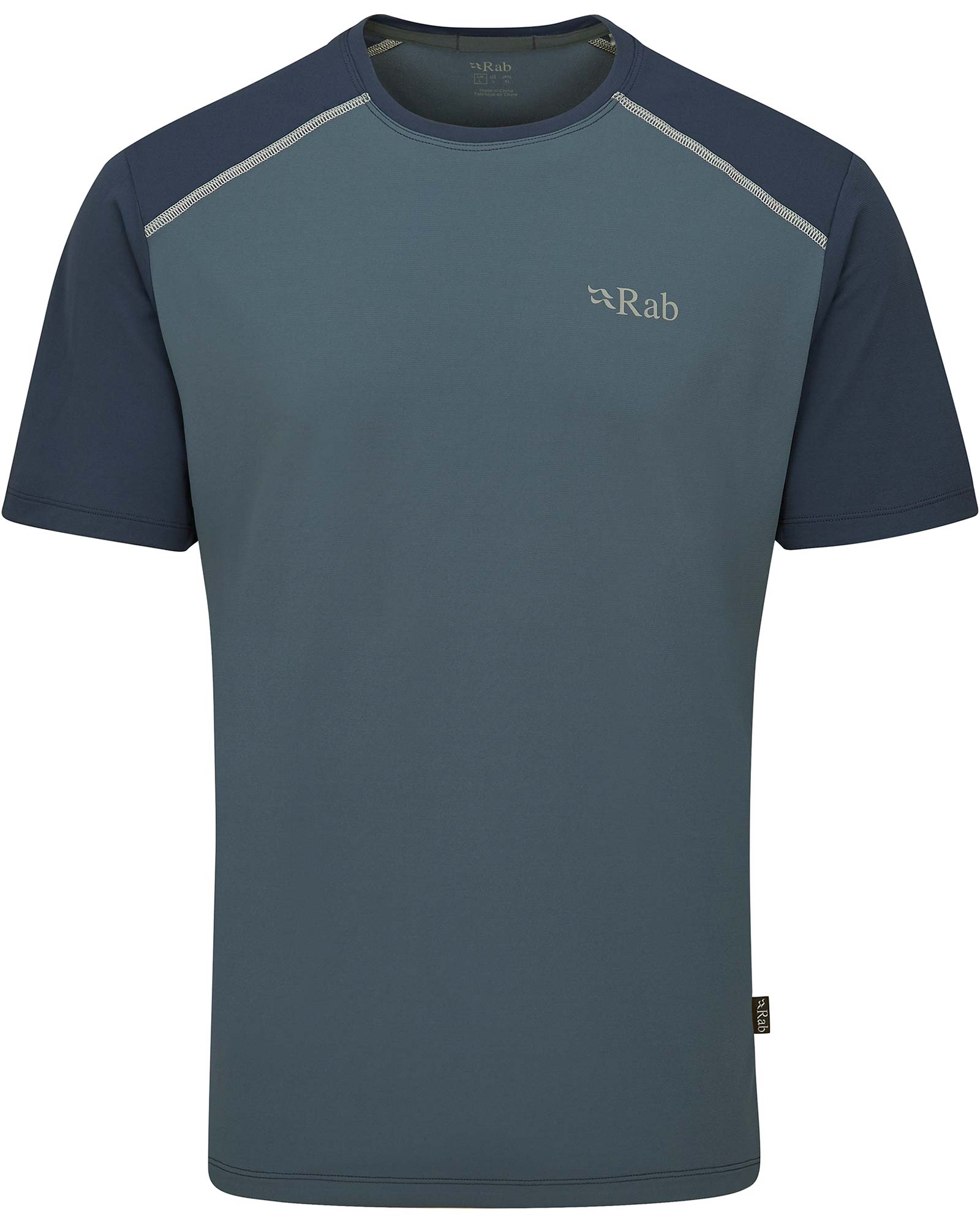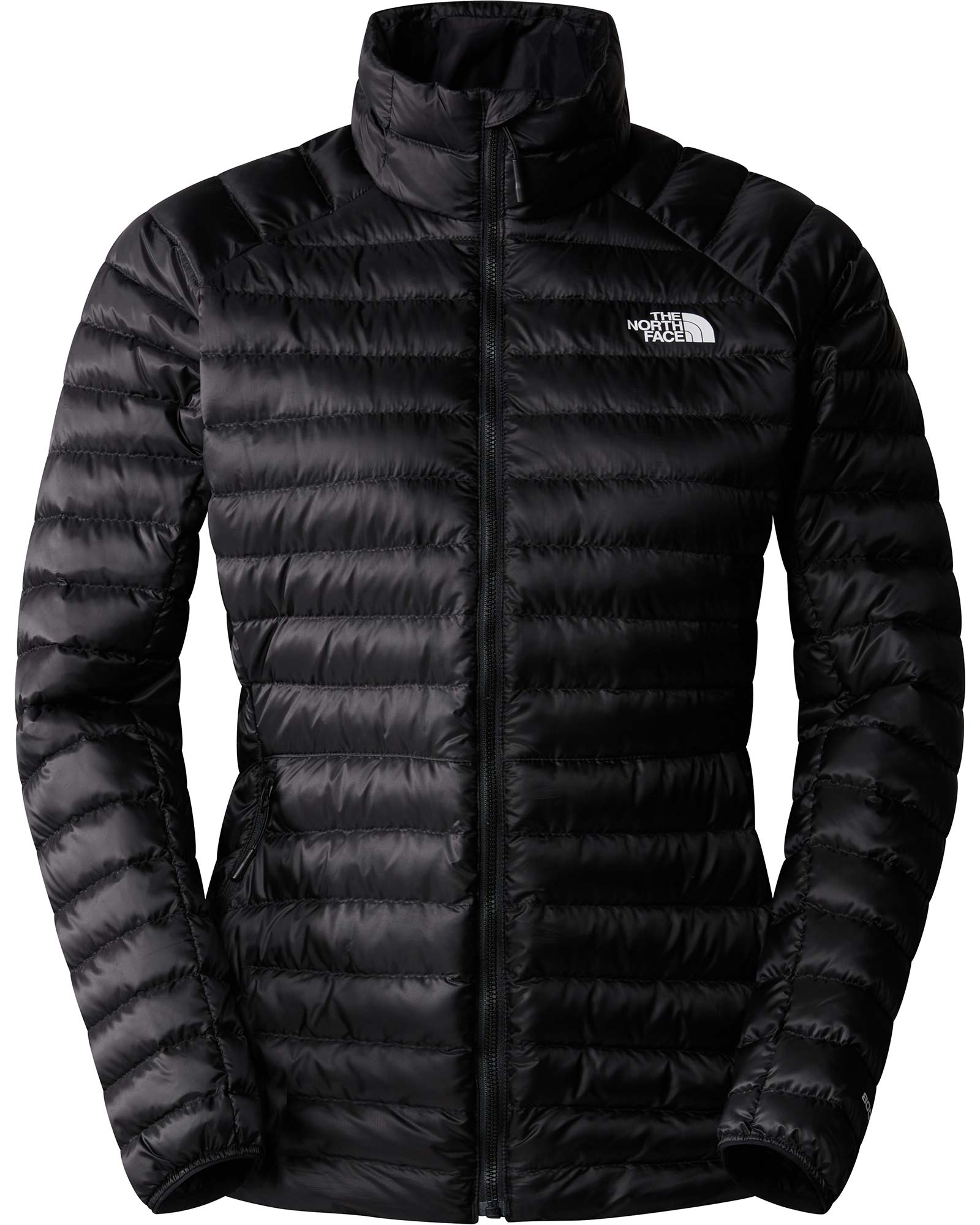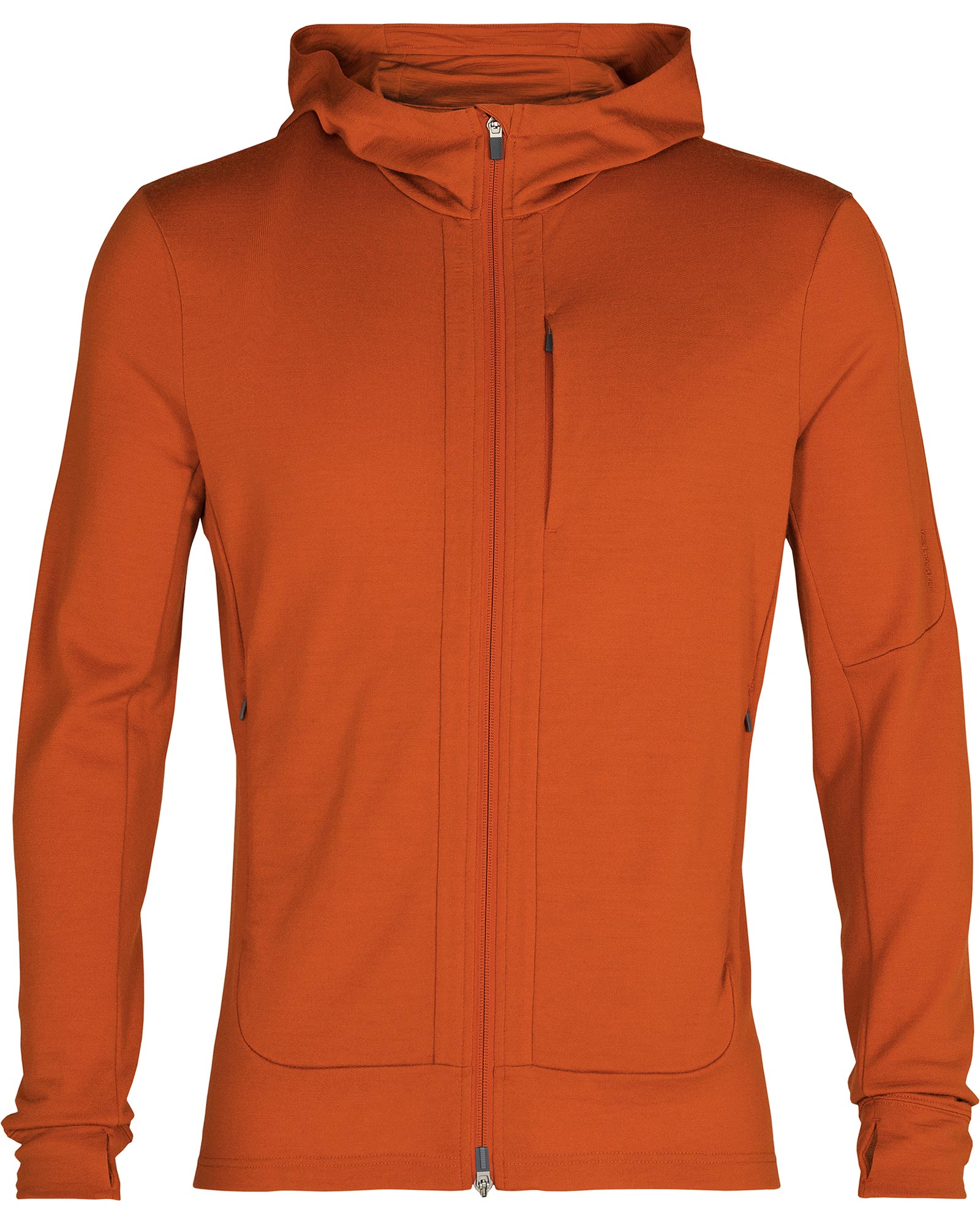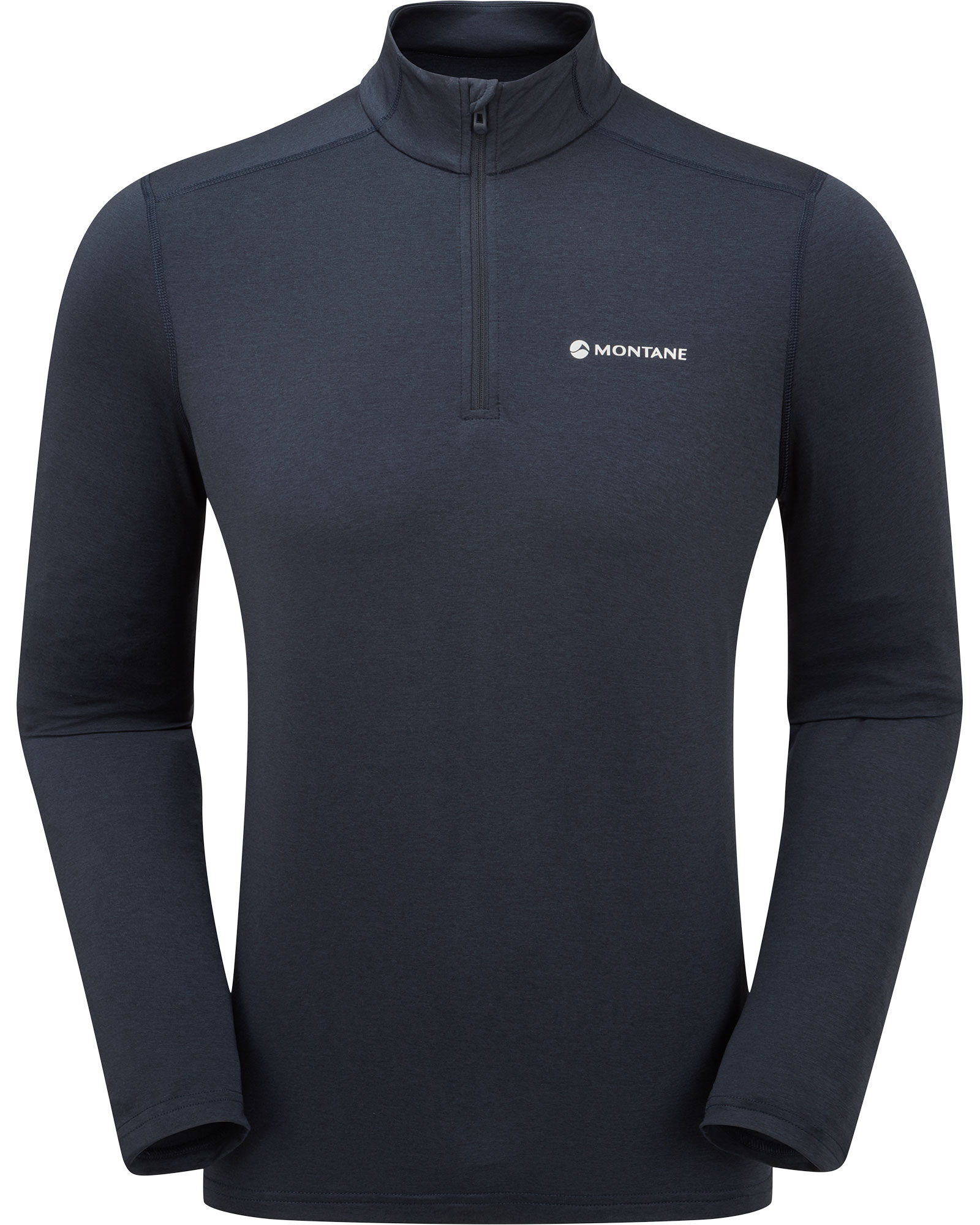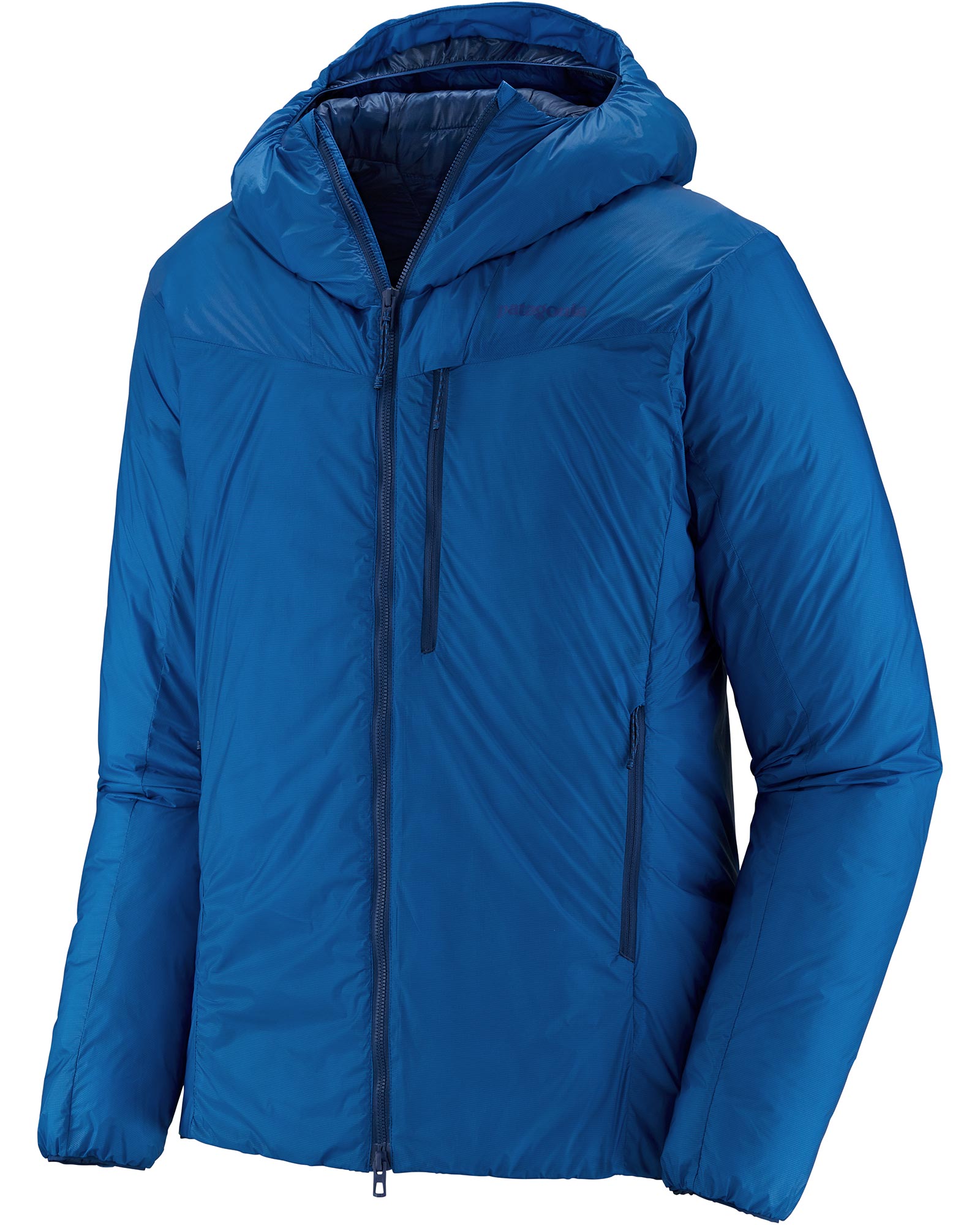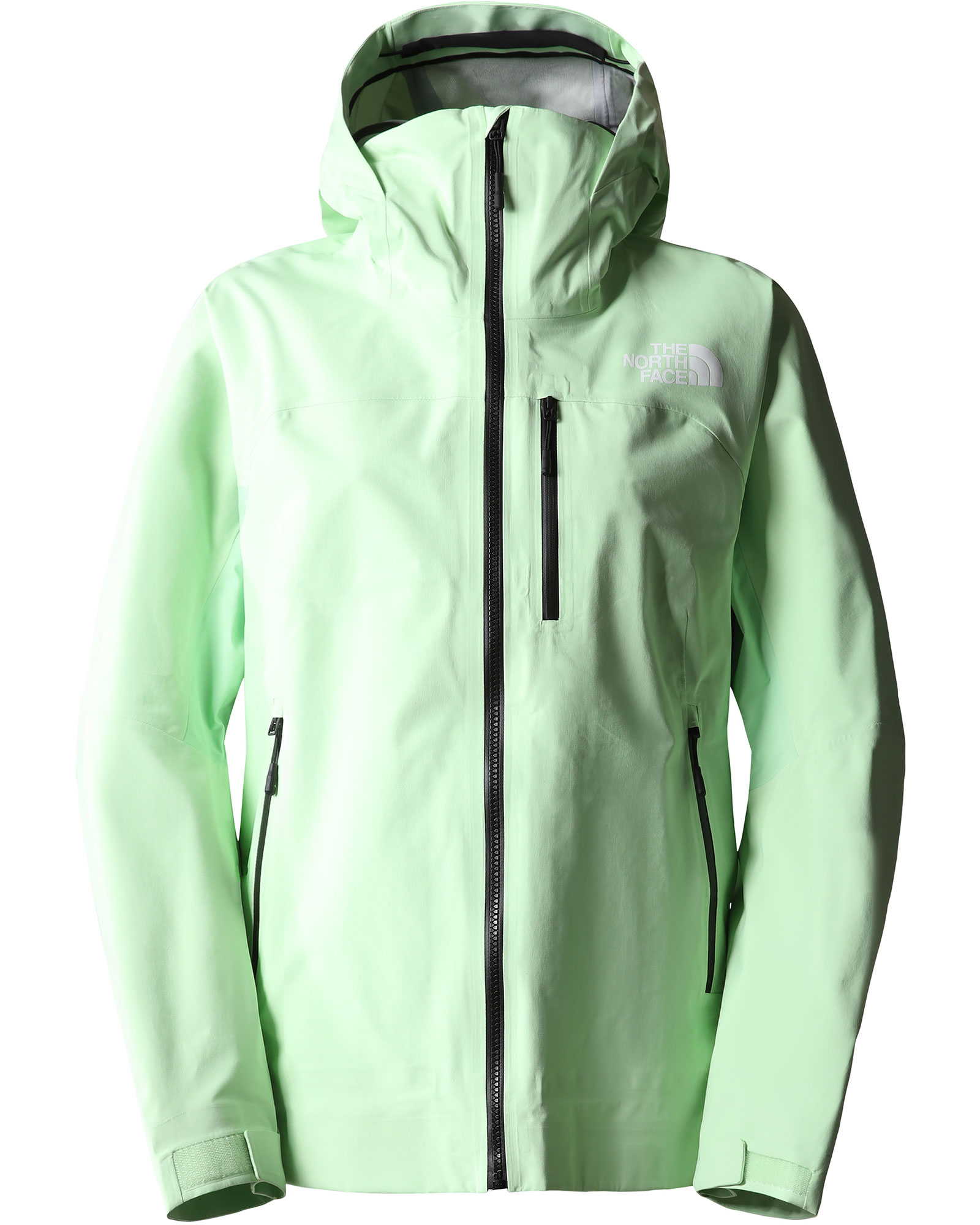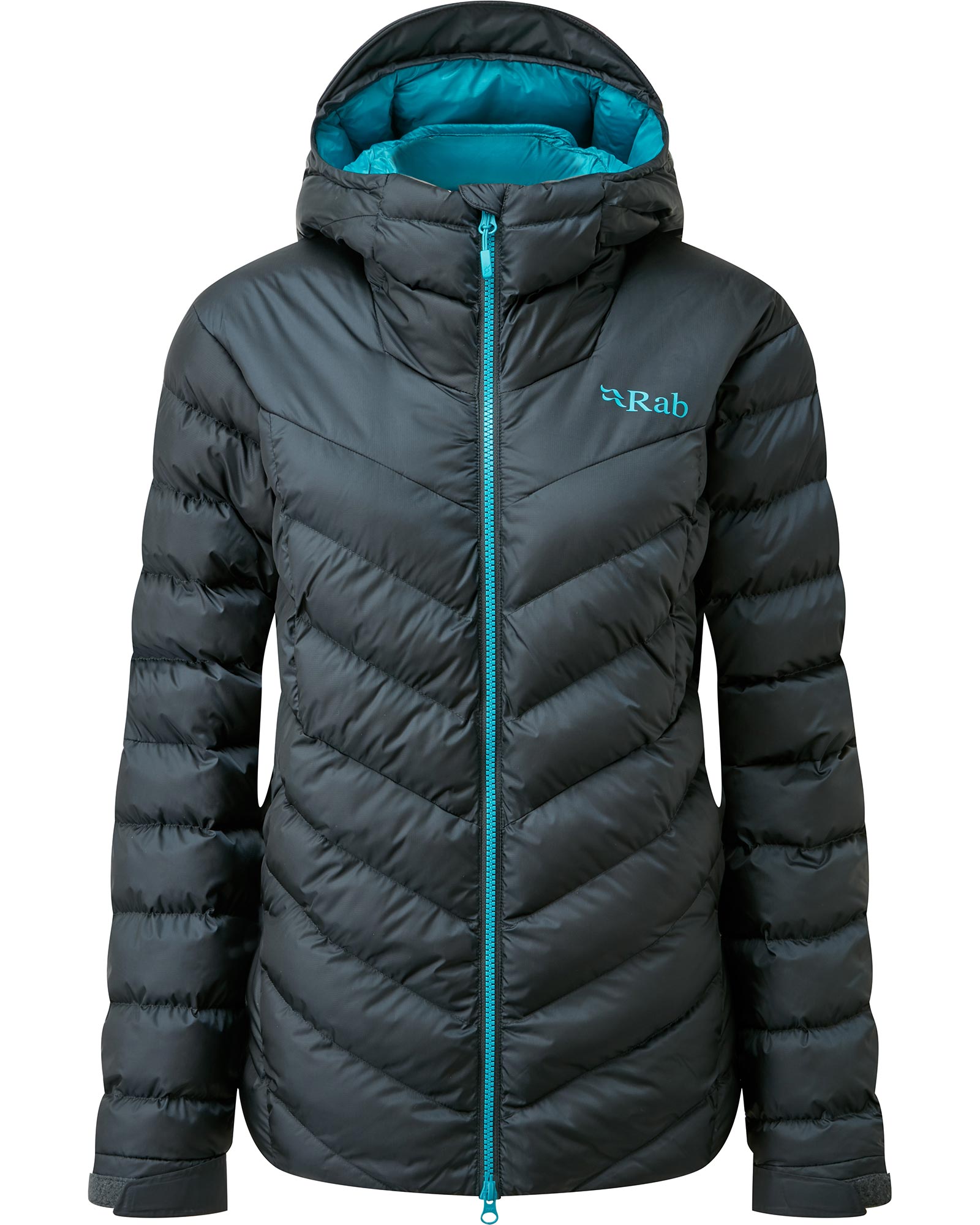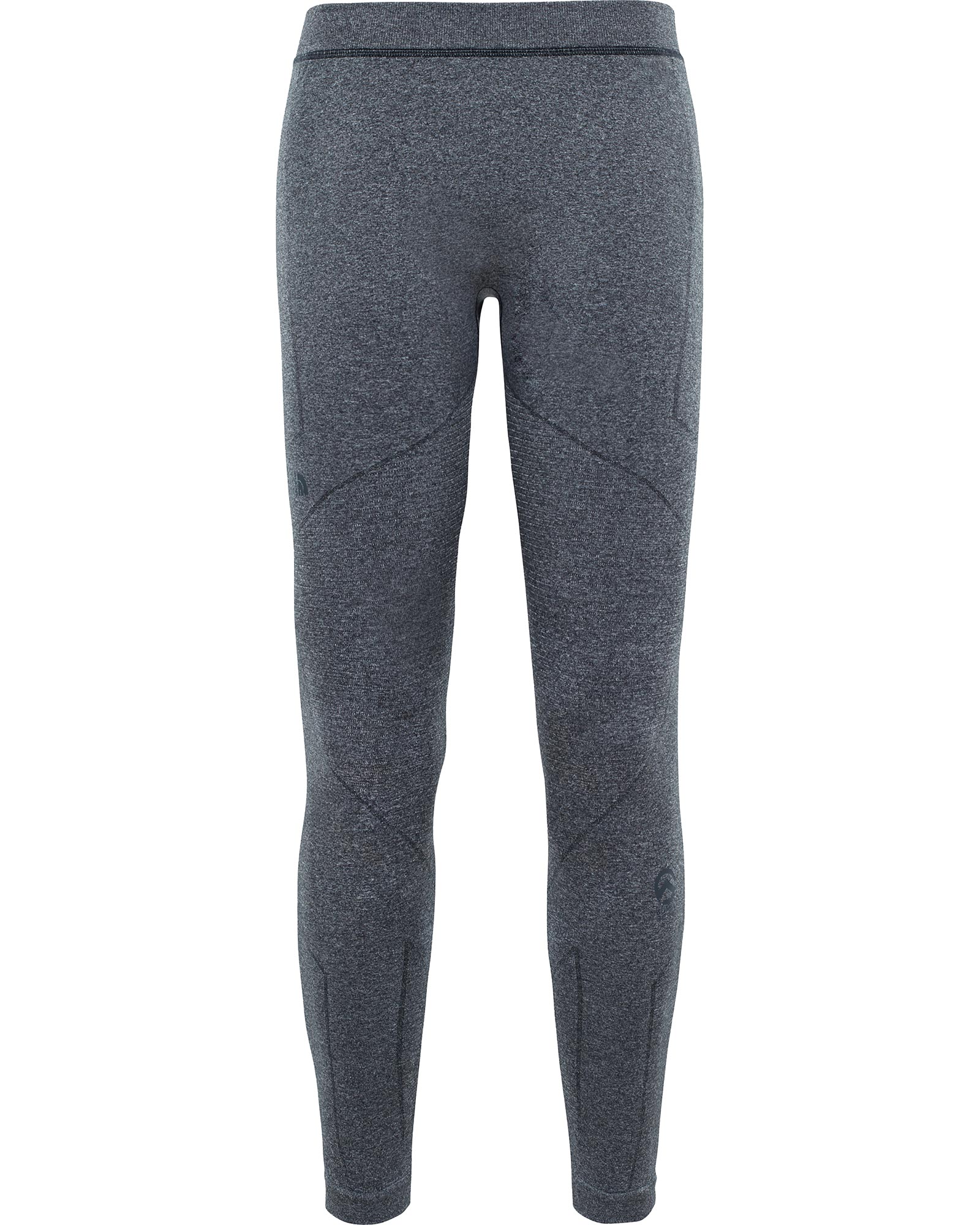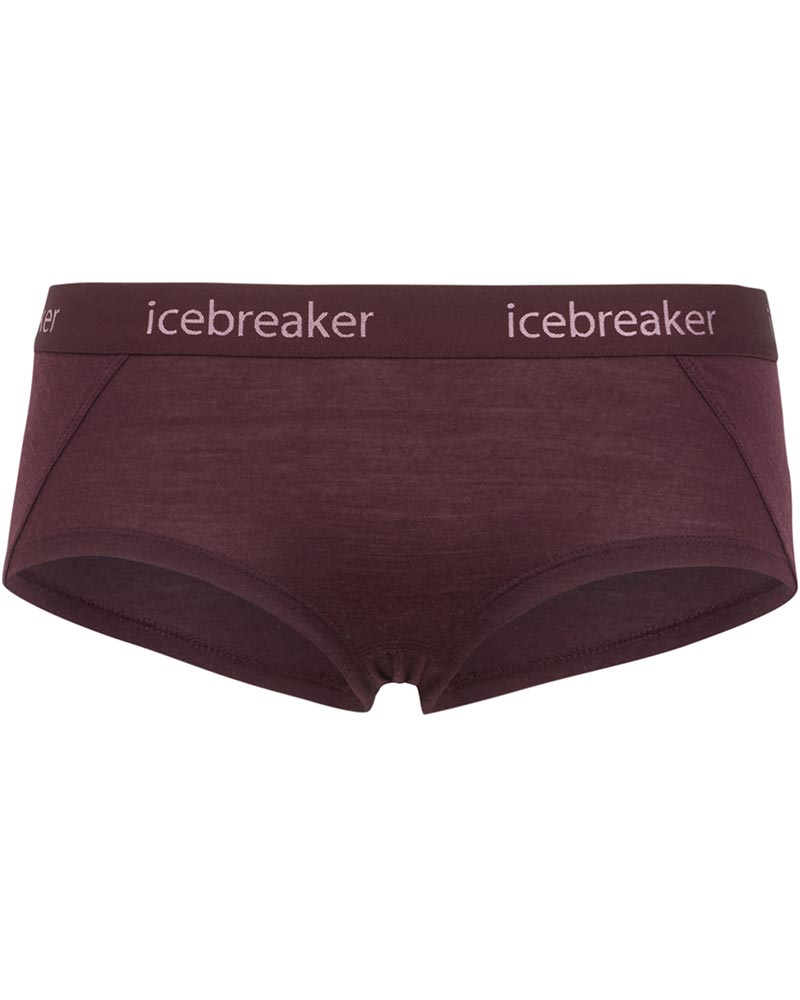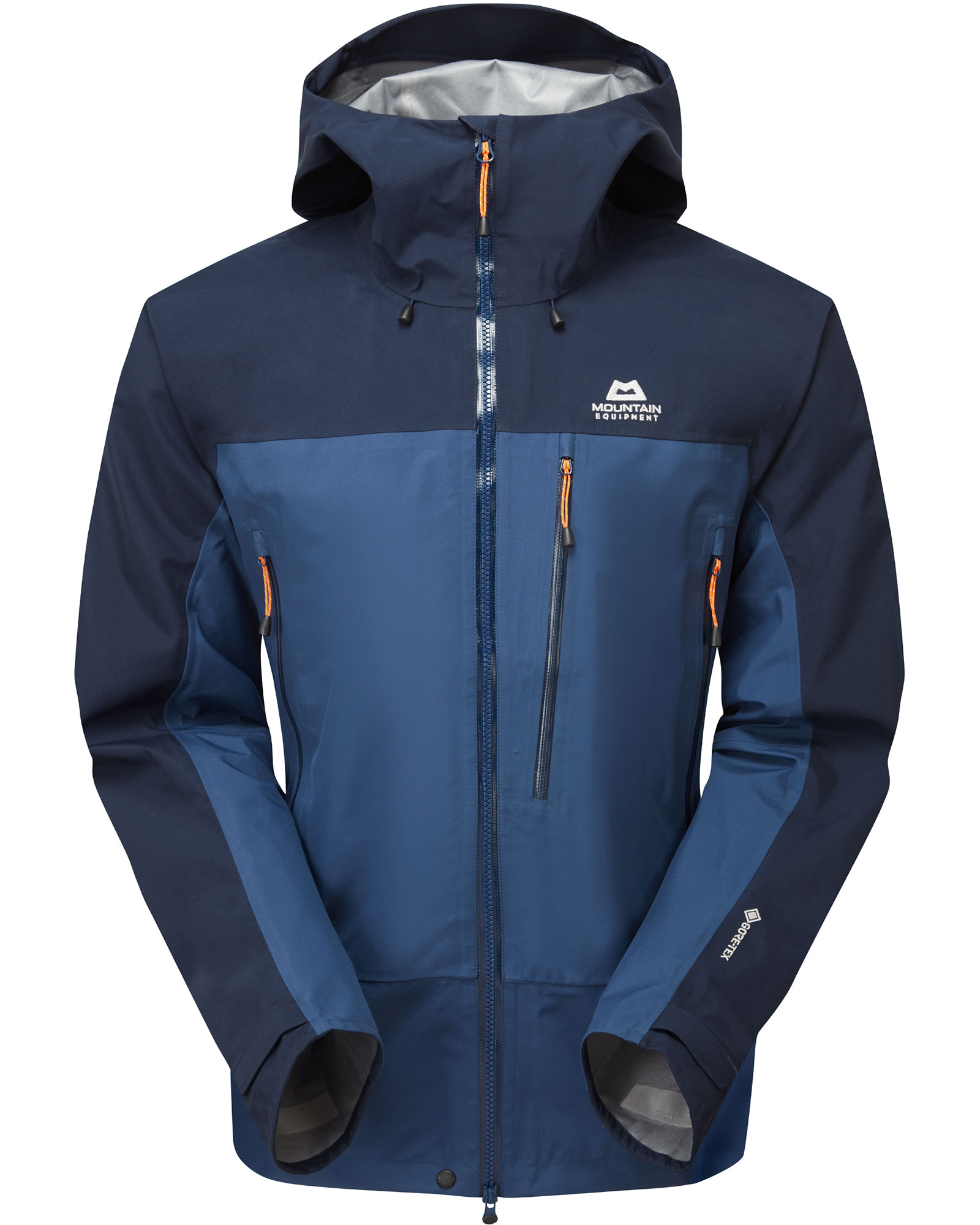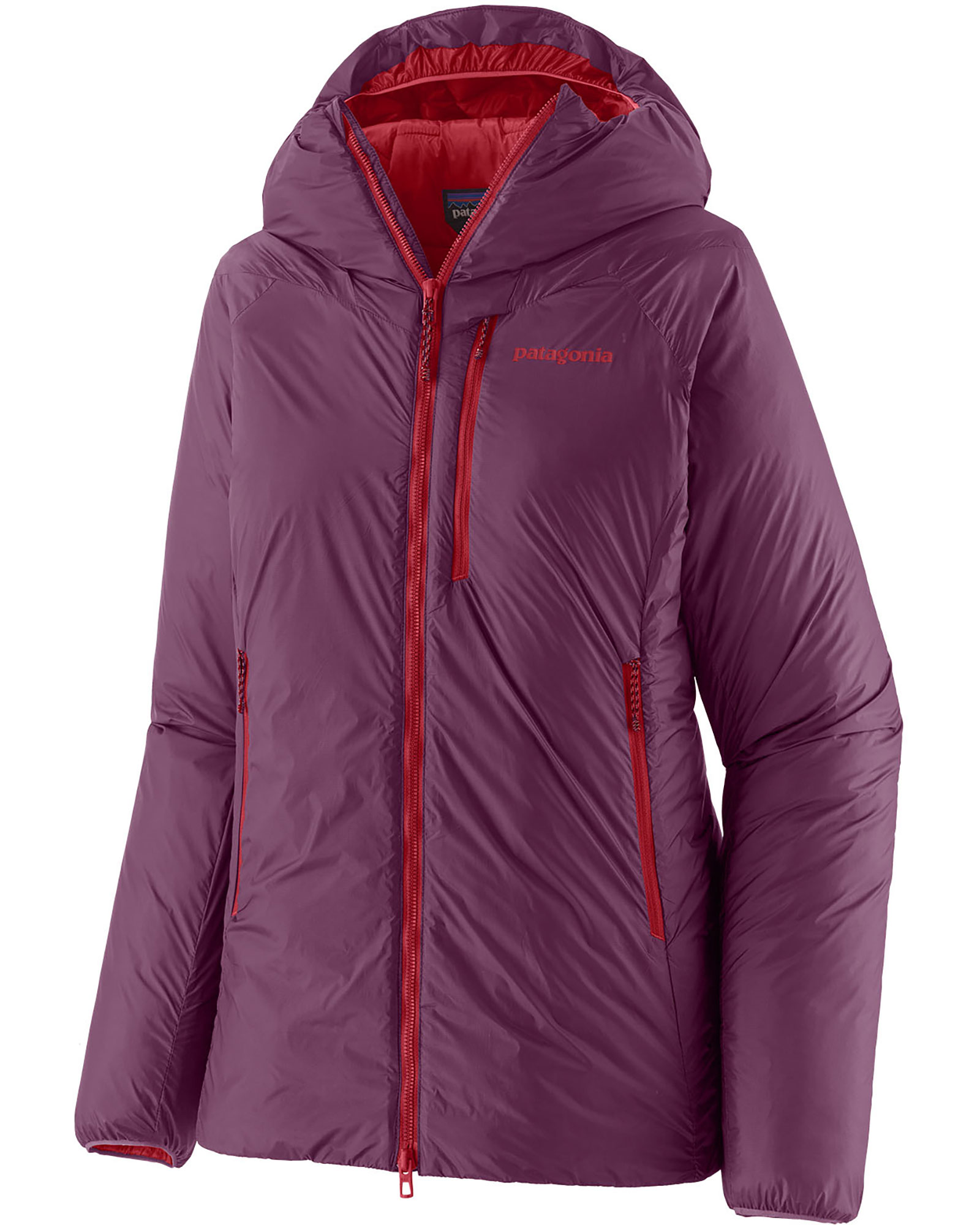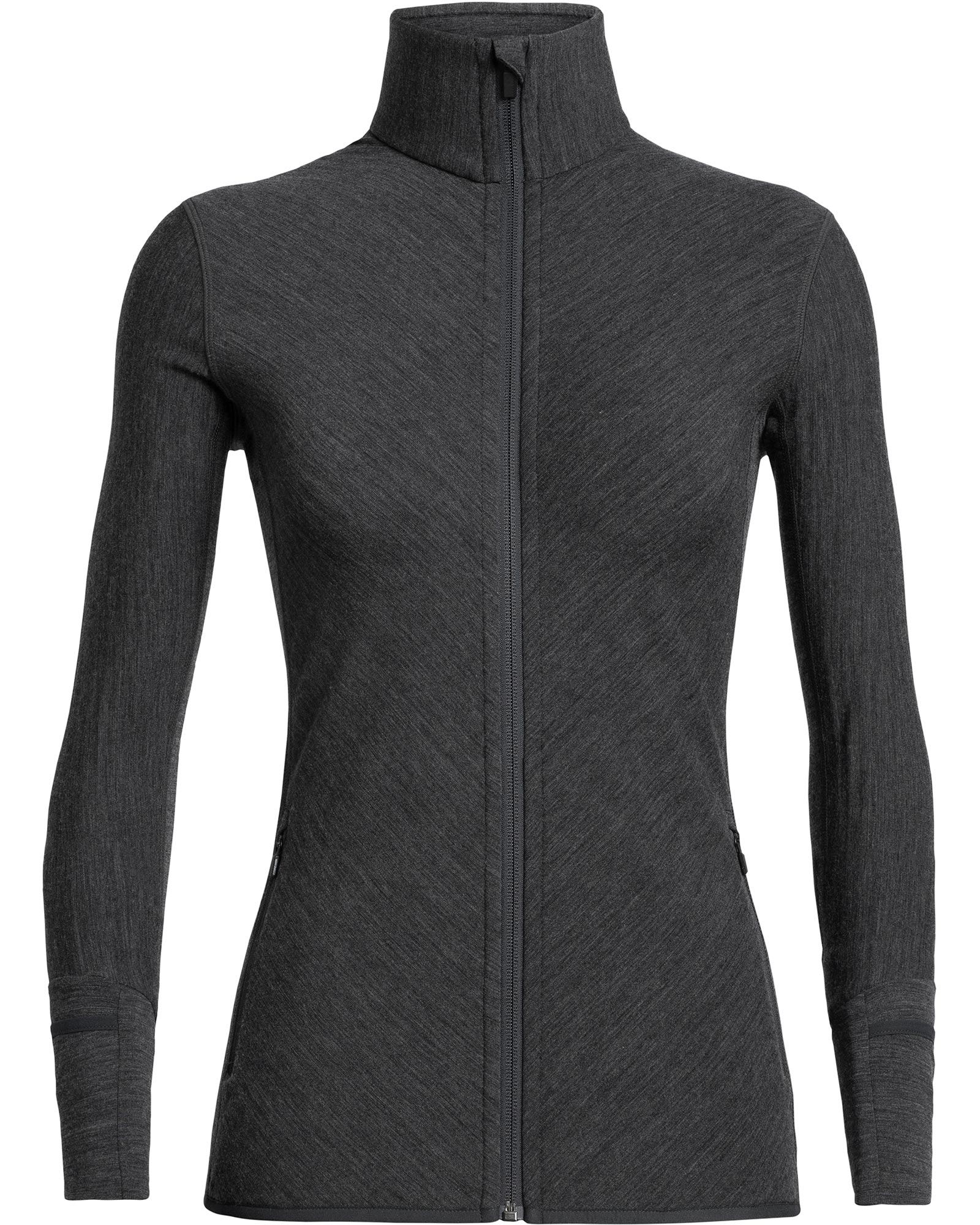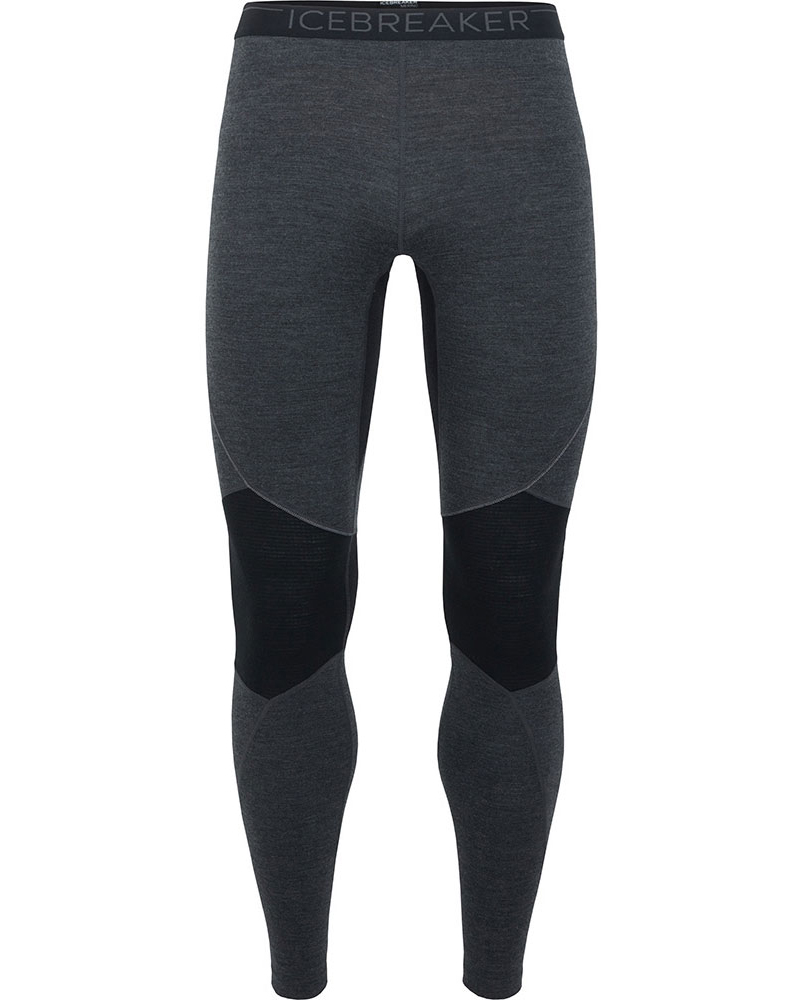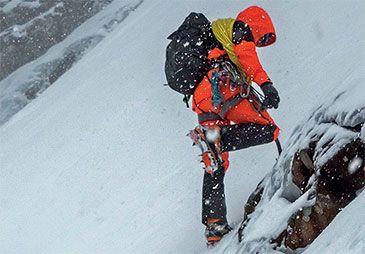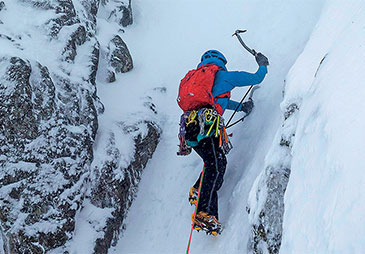How To Choose Mountaineering Clothing
Mountaineering Jackets
When buying a waterproof jacket for mountaineering, quality fabric is the first thing you should consider. It should be waterproof and breathable with a durable face fabric without being too heavy. GORE-TEX Pro is a great example and has been chosen by a variety of different brands thanks to the excellent combination of durability and performance while still being lightweight and comfortable to wear. Below is a list of other key features that are worth looking out for.
A Good Fit
This may seem self-explanatory, but a good-fitting waterproof will perform better at keeping you comfortable and protected. Additionally, if your waterproof is too small you'll find it restricts your movement, particularly if you need to reach anywhere or if you need to add extra layers. You run the risk of tearing the jacket, leaving you vulnerable to weather conditions.
If your jacket is far too big it will be cold, draughty, and will feel like a sail. Excess fabric may also get in the way of finding gear quickly when you need it and can also get snagged and leave you in tricky positions.
Ventilation Zips
For Winter: Winter mountaineering is hard work, and even the fittest people with the best layering systems will find a little ventilation comes in useful every now and then. The armpit area is a popular place for ventilation zips, also known as pit zips, as it is a key area where we are likely to overheat but also is somewhat protected by the arms so they can still be utilized when the weather takes a turn for the worse.
For Summer: Although the weather may still not be fine during summer, the temperature is likely to be warmer than winter making ventilation zips a must.
Helmet-Compatible Hood
Wearing a helmet can be important when winter mountaineering, but your helmet likely won't keep you warm or protected from the weather, thus it is important that you can comfortably fit your hood over your helmet for total protection. A sturdy peak on the hood is handy as it will help to keep sun, rain, and snow off your face. Adjustability of the hood will allow you to cinch it down for a perfect fit on your head for those days when a helmet isn't needed.
Harness/Hip Belt Compatible Pockets
Although you won't want to stash a huge amount in your pockets when mountaineering, it is good to be able to access your pockets easily. Many pockets of non-technical jackets are positioned around the hip area, but unfortunately, this is right where harness and hip belts sit. As a result, jackets that have been designed with mountaineering in mind have a tendency to position their pockets higher up on the torso.
Powder Skirt
For Winter: When out in wintry conditions, keeping the weather on the outside and staying dry and warm on the inside is vital to staying comfortable. Having a powder skirt on the inside of the jacket will go a long way to keeping blustery conditions or snow at bay. More technical jackets might have the option to attach said powder skirt to your trousers for extra protection, while others will have an elasticated hem and silicone grip to keep it in place. In addition to this, adjustable cuffs and an adjustable hem will allow you to really seal out the weather.
For Summer: Some powder skirts are detachable so you can shed a few grams of weight during the summer months if you love getting out all year round. If you are not planning on exploring throughout winter then a powder skirt is negligible.
Zip Pulls
Easy-to-grab zip pulls are a must, particularly when wearing gloves. When you need to retrieve something from your pocket or adjust a ventilation zip the last thing you want to worry about is having to take your gloves off, especially if you're wearing more than one pair.
Like jackets, when buying waterproof trousers for mountaineering, it is important to consider a durable fabric that will protect you from the elements as well as ensure excellent breathability. It's important to remember that even if you buy ‘the best waterproofs in the world', they will only keep you as comfortable as the rest of your layering system allows. Other key features that are worth looking out for are:
Reinforcement Points
For Winter: Winter mountaineering pants require a high level of durability. Reinforcement points in high wear areas such as the seat, knees, and instep will ensure you get more effective protection for longer. The instep should offer excellent resistance to crampon and ski edges, while the seat and knees should be able to withstand abrasive wintry surfaces such as ice and rock without an issue.
For Summer: Although reinforced high wear areas are still important the instep durability is less so due to the absence of crampons and ski edges, worth bearing in mind if you are looking to shed as much excess weight as possible.
Waistband
For Winter: A low-profile waistband will offer considerably more comfort on long days out in winter, particularly if you are wearing a harness or a rucksack with a hip belt. Many winter mountaineering trousers come with a bib-style waistband which finishes higher up the torso for more coverage while braces keep them exactly where you need them without restricting any movement. Other trousers might have the option to be attached to your waterproof jacket with small tabs, but it is important to make sure you buy compatible garments.
For Summer: A low profile, bib-style waistband is still great to have but may become too warm. You can get trousers with detachable braces that have a regular level waistband, these offer less coverage but are still comfortable and can be worn with or without the braces depending on what you require.
Internal Gaiter
For Winter: Mountaineering trousers with an internal gaiter will help to keep any excess snow on the outside. They'll also contribute to heat retention and stop any heat-thieving draughts creeping into the leg of your trousers. This is ideal when approaching in deep powder or when caught out by blizzard conditions.
For Summer: An internal gaiter on summer mountaineering trousers will help to keep water, scree and general debris from the path out of your boots, they will also, however, retain more heat and add a little weight. Still worth considering but think about what your personal priorities are.
Side Zips
Having side zips on mountaineering trousers allows a great deal of versatility. Not only do they become easier to get on and off pre-and post-adventure but they also allow extra ventilation when you need it. Whether the zip runs from hip to heel or knee to heel, chances are it'll be 2-way. This will allow you to open the zip for a little extra ventilation without sacrificing protection. If there isn't a long side zip, chances are there will be other ventilation options such as a specific ventilation zip or even simple zipped mesh-lined pockets that can be left open.
Choosing the right piece for what you intend to do can be tricky; too warm and you'll overheat quickly and need to remove layers, too cold and you'll be uncomfortable all day and even run the risk of hypothermia. Heavier weights of fleece and Merino wool are ideal and will layer easily while still allowing excellent levels of breathability. It's worth considering investing in an insulated jacket that you can put on over everything if you are concerned about getting cold when stopping for a quick bite.
There is a huge range to choose from that varies between down insulation, which is lightweight but not always a great performer in damp conditions, and synthetic insulation, which can be slightly heavier than down but will still be effective when wet.
Your base layer should be close fitting, comfortable and able to wick excess moisture away from your skin.
For Winter: A heavier weight base layer, particularly Merino wool, will offer more insulation than a considerably lightweight version, something with a high neck and ventilation zip will stop draughts but allow you to ventilate should you require.
For Summer: Lighter weight base layers are particularly key during the summer months due to the warmer (not necessarily warm!) temperatures. They'll keep you feeling dry and comfortable for longer.
For more information on how effective layering system works, see our Layering System Buying Guide.
When choosing gloves for mountaineering it is likely you'll want more than one pair. You should be looking to take, at the very least, a warm liner pair and a waterproof outer pair.
Liner Gloves
These should be warm and able to wick sweat away from your hands while boasting a low profile for dexterity and fit. Fleece and Merino wool liner gloves are popular thanks to their excellent performance and minimal weight, some come with touchscreen compatibility on the fingertips for use with electronics while out on the hill.
Shell Gloves
A quality shell glove will be made with a waterproof and breathable fabric that offers excellent durability. Those with articulated fingers can often be more comfortable and allow your hands to sit in a more natural position when handling tools such as a walking or climbing axe. Thicker insulation on the back of the hand and thinner insulation on the palm of the hand will ensure a better combination of dexterity and insulation, while a wrist leash will allow you to take off the gloves when you need to without worrying about them blowing away.
It's worth keeping your eyes out for a nose wipe on your shell gloves: It perhaps goes against everything your parents taught you about wiping your nose on your sleeve, but it's considerably more practical than tissues and you don't want to run the risk of your favourite cotton hanky blowing away!
For Winter: In winter, taking a spare pair of each when out on the hill is always recommended just in case one set becomes saturated. It's also worth considering mitten style gloves when looking for your outer gloves as these can often be slightly warmer.
For Summer: You might find that your liner gloves are what you use most in the summer months, thus it's worth considering a slightly more technical pair, something with a grippy palm will offer you warmth as well as grip when you need it. You should still take waterproof outer gloves that fit comfortably over the top as no one can predict the weather.
A hat is a must in the outdoors no matter what time of year it is, whatever the weather you are more than likely going to be wearing it all day. It's worth taking a spare just in case the one you are wearing becomes saturated and uncomfortable. Some hats are waterproof, while others have a stiffened peak at the front to keep the elements away from your face. Whichever you decide to go for, make sure it is a good fit: too tight and it can leave you with a headache before you have even left the car park; too loose and it's likely to get blown off with an unexpected gust.
For Winter: Consider beanies and bobble hats that offer excellent insulation.
For Summer: Consider baseball caps and bucket hats when insulation isn't your priority, they will offer protection from the sun for both your head and your face while also being light and airy.
For Winter: Winter can be harsh on the skin, particularly on your face, and the exposure to moisture, wind and cold can leave you chapped and sore. Utilising something like a Buff to offer protection and a little warmth to your face can mean the difference between an enjoyable day out and a tough day on the hill.
Glacier glasses or ski goggles will also offer protection to your eyes from the weather and damaging UV. They are particularly handy on bright bluebird days as a shield from the sun and light reflected on the snow, as well as during blizzard conditions, as a shield from precipitation. Sunscreen will also help to keep your skin protected but do be sure to avoid water based products in particularly cold temperatures as these can cause more harm than good.
For Summer: Wearing sunglasses when out on the hill is key to protecting your eyes from harmful UV rays, when choosing your sunglasses make sure they offer the protection you require. Again, sunscreen will protect your skin against harmful UV rays.
Mountaineering Clothing

